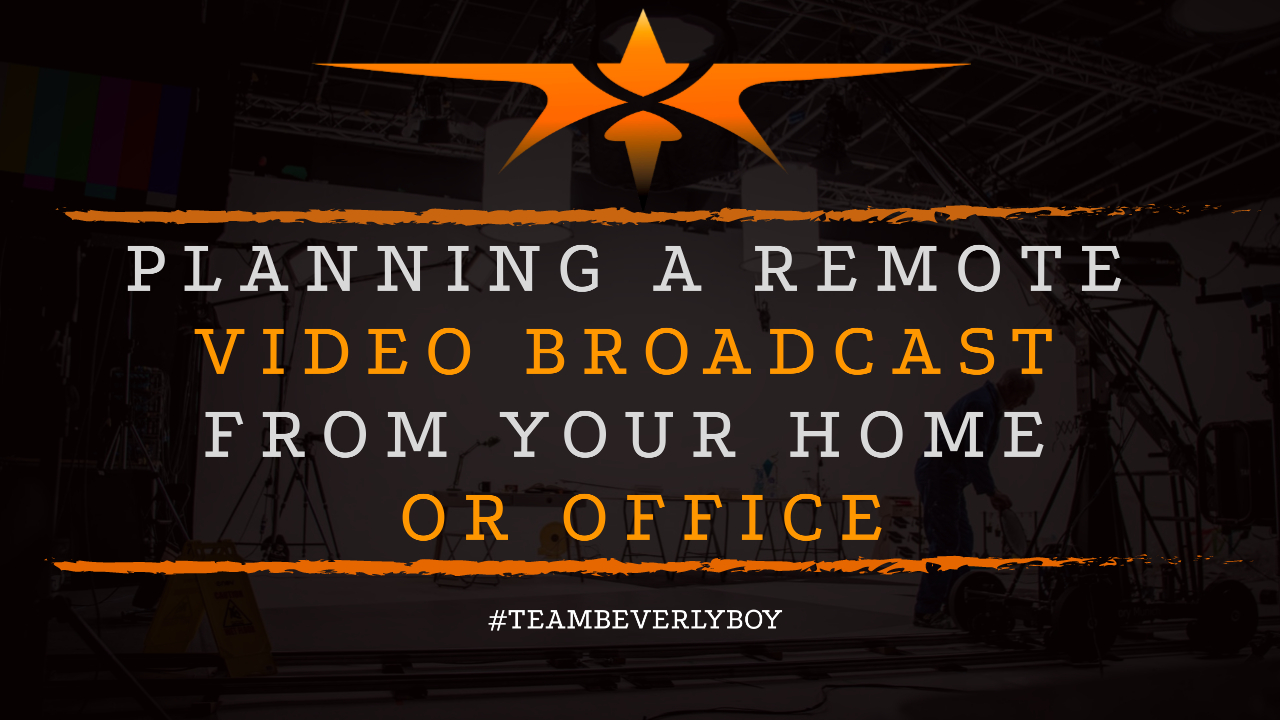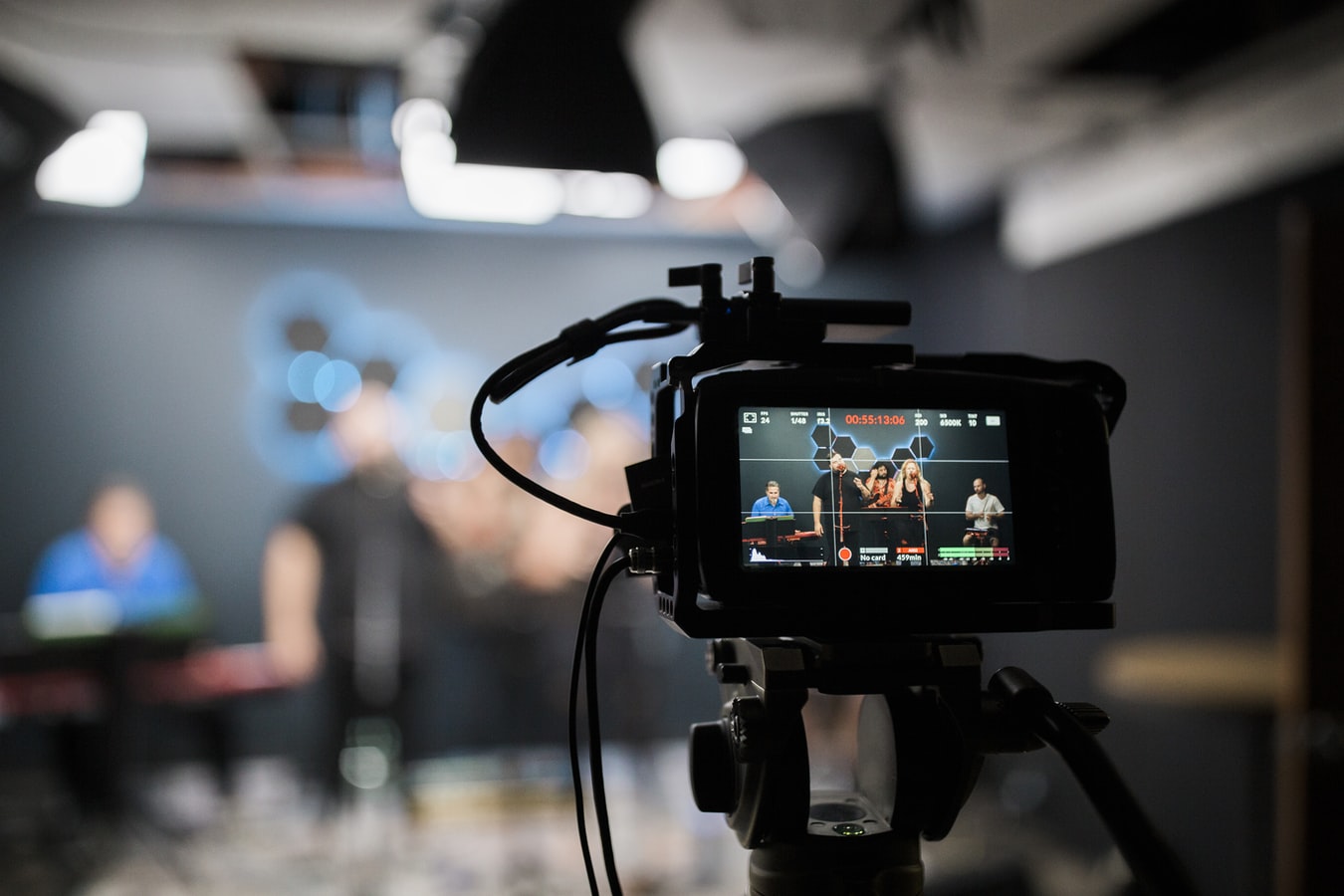
Planning a Remote Video Broadcast from Your Home or Office
Whether you’re entirely new to remote video broadcasting or you’ve had your hands in video production a few times here and there, you should already know the value of planning. A detailed, step-by-step plan can help you to achieve success with your video production projects, whether they are captured at your home or office, or in a studio.

Get a remote video broadcast quote here!
We believe planning is crucial to success for any remote video broadcast. That’s why we put together this step-by-step process to help you plan a remote video broadcast from your home or office.
Step 1: Pre-Production Planning
The first big planning initiative is pre-production. A lot takes place in pre-production as you plan for a remote video broadcast. This is where you’re thinking about the communication and how the broadcast will play out. You’ve got to prepare the platform and the broadcast itself. You should:
- Prepare a script.
- Establish a shot list.
- Budget for the project.
- Cast your characters or talent.
- Establish a list of tools or equipment requirements.
- Procure props, kits, or other items required for the shoot.
- Plan the broadcast.
Step 2: Remote Video Broadcast Production
When the day comes to actually record the broadcast, you’re going to want to make sure that every important element has been considered. Think about your internet connection and uptime, your location and any potential noise or sounds that could interfere with the broadcast, and the equipment placement.
Equipment Placement
Set up your cameras so that they are facing you appropriately from the front and side. Use the rule of thirds and a tripod to ensure proper camera placement for the remote video broadcast. This is also a time to set up the lighting so that you can capture the broadcast with a visual balance that will complement the speaker. Make sure there is no backlighting that could cause the speaker to appear dark.
Plan Contingencies
Test and retest your equipment before the remote video broadcast to ensure everything is working properly. Make sure that you’ve planned equipment backups “just in case.” You should also have additional batteries, storage devices, and other equipment to ensure the success of your production.
Step 3: Post-Production
After capturing the remote video broadcast you can take the associated files and prepare them for distribution. Post-production will involve editing the footage and adding in any graphics, special effects, music or other sounds such as voice over or narration. If working with a team, consider a project timeline and the required steps to ensure everyone effectively collaborates on the project.
Share Your Video
Post-production editing will likely take a few days to complete, even for a short broadcast. Make sure that you have a plan for distribution upon completion of the project. Distributing your video will make or break the overall success!


